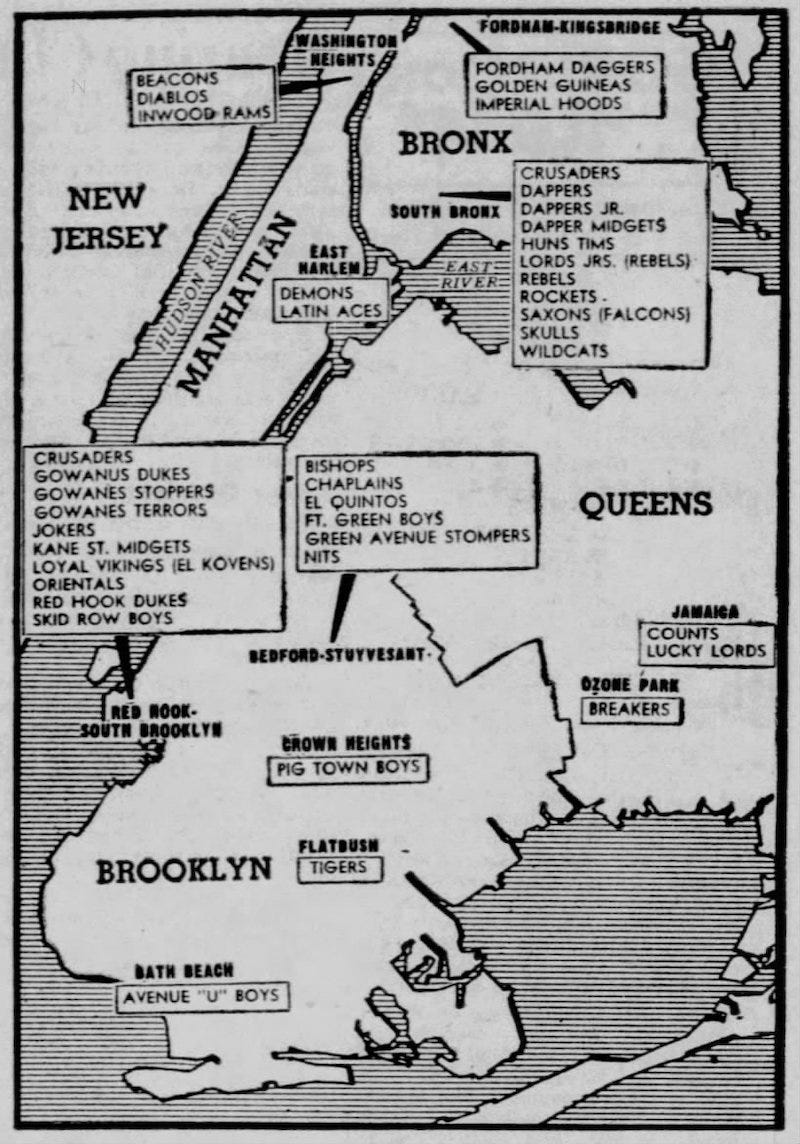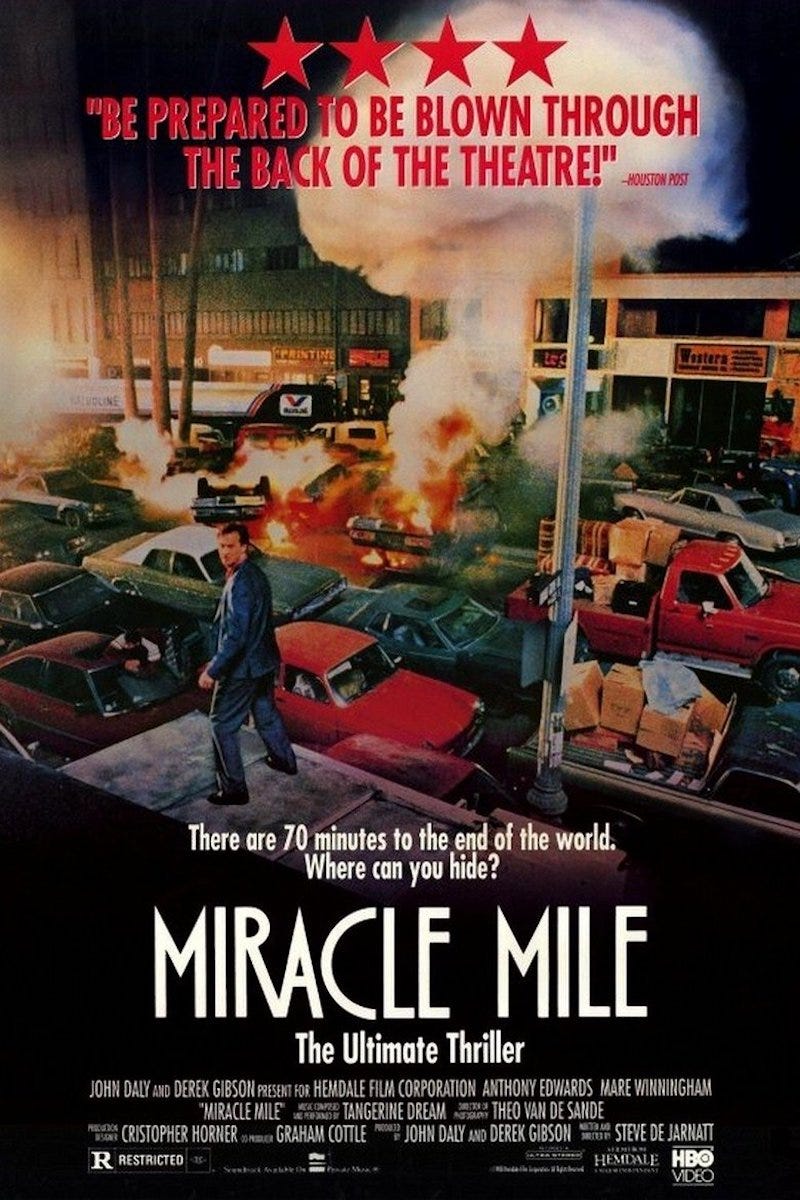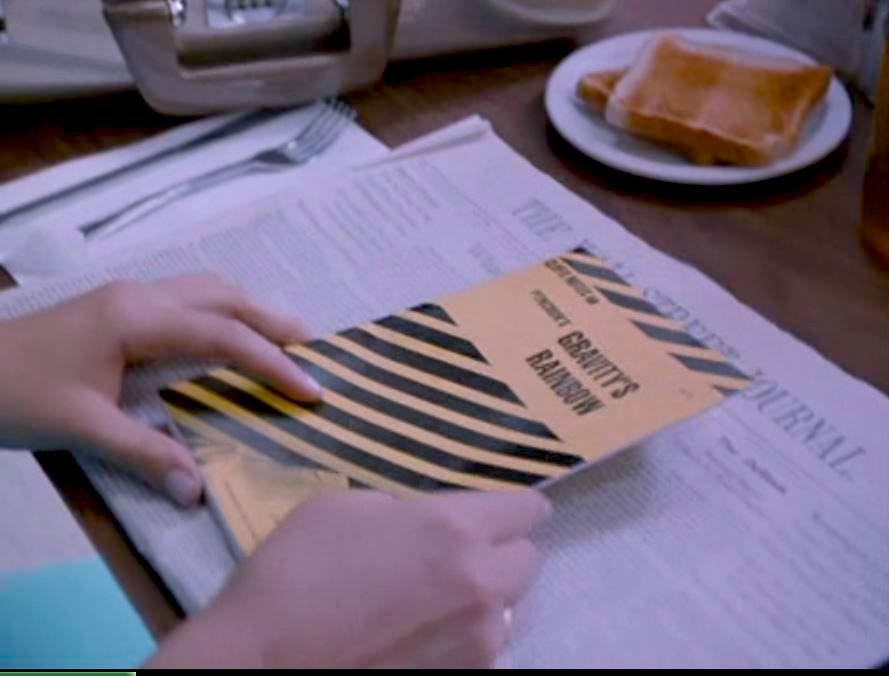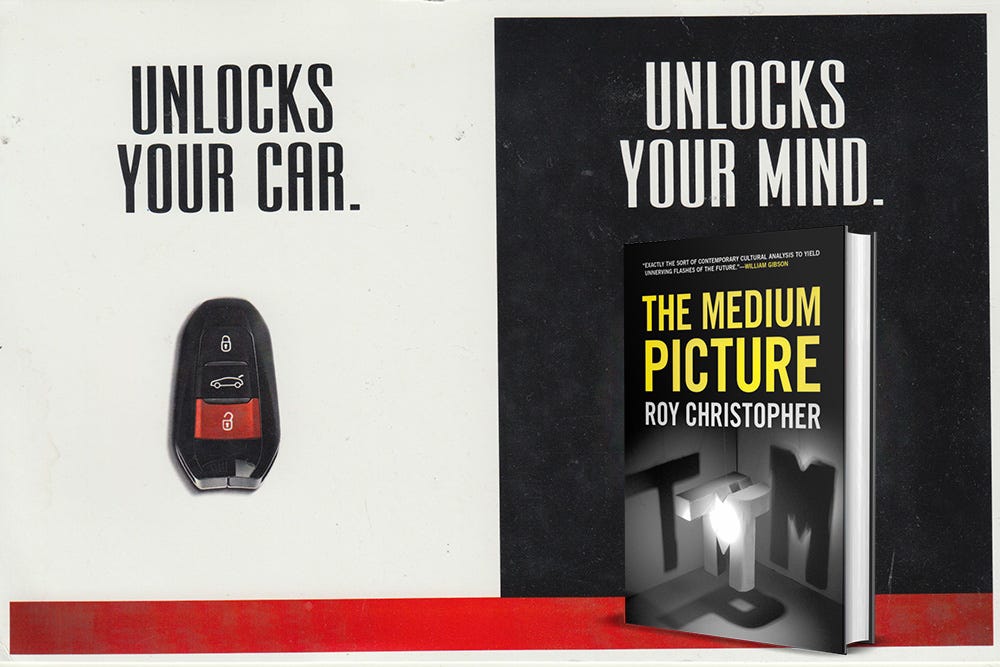Come Out and Playeeyayy...
Walter Hill, Walter Chaw, 'The Warriors', and the power of film.
When I think of gritty, punk filmmaking, the first few movies that come to mind are Martin Scorcese and Paul Schrader’s Taxi Driver (1976), Alex Cox’s Repo Man (1984), Quentin Tarantino’s Reservoir Dogs (1992), James Merendino’s SLC Punk! (1998), and, of course, Walter Hill’s The Warriors (1979). References to the latter have popped up in everything from Wu-Tang Clan songs and Tarantino movies to Simpsons and Community episodes, but the punk-rock aesthetic and street-light ambiance of the gangland narrative linger as well. The film critic Pauline Kael described the movie as “visual rock.”
In 1954, long before he was a science-fiction legend, Harlan Ellison set out to write a novel about the street gangs of New York City. As research, he joined the Brooklyn gang The Barons in Red Hook, considered to be one of the most dangerous neighborhoods in Brooklyn. Web of the City—originally published under the title Rumble—was Ellison’s first novel, and his nonfiction account of that time and the book’s writing was published in 1961 as Memos from Purgatory. We tend to think of the 1950s in this country as quaint and innocent. Ellison’s early work illustrates otherwise.
The gangs of New York were plentiful in the decades leading up to the release of The Warriors in 1979. During its second weekend in theaters, the lines between the screen and the street blurred as lines of gang members came out to play. Two hundred theaters hired extra security and many others pulled the movie for fears of public safety. A lot of those rowdy youths wanted to see this movie.
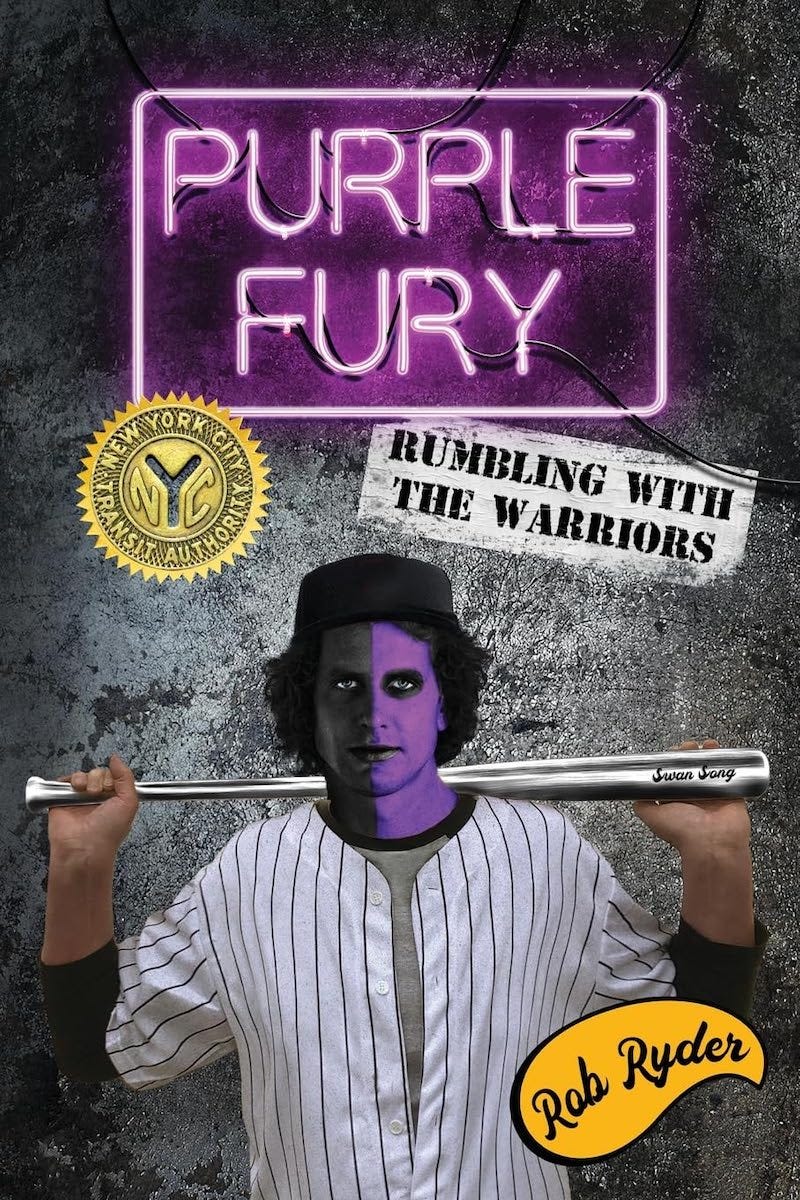
In addition to playing a Baseball Fury in The Warriors, Rob Ryder started on the film as a production assistant but was quickly promoted to location scout. As he writes in his book, Purple Fury: Rumbling with the Warriors (Ryder, 2023), “So, the scene where they blow up the car,” came one of his tasks. “You need to find that street.” Ryder’s book is a candid look at the chaos behind the scenes, revealing some of the lesser known tasks of filmmaking, illuminating its dark alleys like a streetlamp.
“The streets were silent. How strange for this early in the evening. As though the being that was the neighborhood—and it was a thing with life and sentience—knew something was about to happen. The silence made the sweat return. It was too quiet.”
— Harlan Ellison, Web of the City
It takes a rare filmmaker to build a legacy like Walter Hill’s, but The Warriors wasn’t his first, and he hasn’t stopped bringing similarly unique stories to the big screen. Quentin Tarantino credits Hill’s script for Hard Times (1975) for showing him what a screenplay could be—that it could be more than just the instructions for making a movie, that the script could be an end in itself. In his book, A Walter Hill Film (MZS, 2023), Walter Chaw takes a long look at Hill’s legacy.
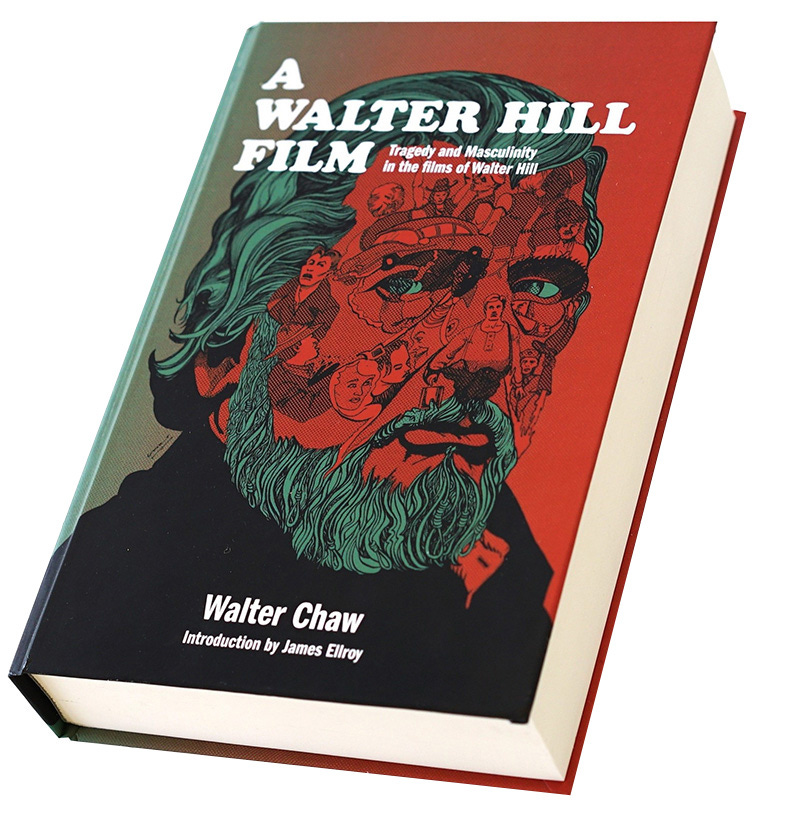
Hill produced all of the Alien movies and wrote a couple of them,1 as well as The Long Riders (1980), 48 Hrs (1982), Streets of Fire (1984), and Red Heat (1988), among many others. He’s produced and directed an even longer list. Fellow writer and director Edgar Wright cites Hill’s The Driver (1978) as a major influence on his own movie Baby Driver (2017). Hill even cameos in that movie as a courtroom interpreter, and the numbers on Baby’s prison jumpsuit at the end refer to the release date of The Driver: 28071978. Walter Hill is one of our great filmmakers—a filmmaker’s filmmaker—and Walter Chaw has written a comprehensive account of his work.
Chaw also wrote a great little book about Steve de Jarnatt’s 1988 movie, Miracle Mile (Lulu, 2012), a movie he rented and watched so often that the lady at his local video store eventually just gave him the VHS tape. Little did she know, she helped saved his life.
Chaw had a rough 1989, ultimately attempting to kill himself that summer. He gives partial credit to Miracle Mile for keeping him alive and figuring out why as the impetus for this book. He digs deep into every aspect of it, enlisting writer/director de Jarnatt’s participation. It’s a thoughtful meditation on life, death, youth, writing, film in general, and this one in particular.
I would be remiss not to mention Thomas Pynchon’s Gravity’s Rainbow (1973) here. Years ago, William Gibson posted a picture of the CliffsNotes for Pynchon’s sprawling novel online with the caption “The Key.” This sent me on a search. I dug in thrift stores, looked in bookstores, asked proprietors. No one seemed to know whether this particular volume of CliffsNotes existed. A couple of years later, I found out that the CliffsNotes volume on Pynchon’s most famous and confounding work was a prop for Miracle Mile. Chaw even reprinted one of Zak Smith’s illustrations (#738) from his book, Pictures Showing What Happens on Each Page of Thomas Pynchon’s Novel Gravity’s Rainbow (2006; archived here), in this book on the movie.
Steve de Jarnatt’s having written and directed Miracle Mile and written a great collection of short stories—Grace After Grace (Acre, 2020)—reminds me of one of my other favorite screenwriters, Hampton Fancher. Fancher wrote the screenplay for both Blade Runner and Blade Runner 2049, and he wrote and directed the wildly underrated film, The Minus Man (1999). Like de Jarnatt, he has a fabulous short story collection out called The Shape of the Final Dog (Blue Rider Press, 2012), as well as a profound and pithy little book about screenwriting called The Wall Will Tell You (Melville House, 2019).
Film is still our most powerful medium for storytelling. Television is more prevalent and novels are deeper, but the movie is easily accessible and quickly consumed, giving us glimpses of gangs in faraway city streets or totally alternate timelines, taking us places other forms, platforms, and formats cannot. At the very least, it decorates our lives, but sometimes it reaches out and saves them.
Preorder The Medium Picture!
Coming out on October 15th from the University of Georgia Press, The Medium Picture is my most expansive and personal book yet. Please preorder it from the outlet of your choice if you’re interested at all! It’s a bigger help than you know as preorders are very important for the success of the book.
Thank you!
Thanks for reading, preordering, and sharing,
-royc.
http://roychristopher.com


